America the beautiful is also America the gigantic. Everything that this naturally beautiful country does is big, so it's no surprise that it has national parks the size of Bosnia and Herzegovina.
If you want a higher chance of being alone in nature, or if you simply like the challenge of uninterrupted wilderness, head to the 10 largest national parks in the United States.
10. Everglades National Park, Florida
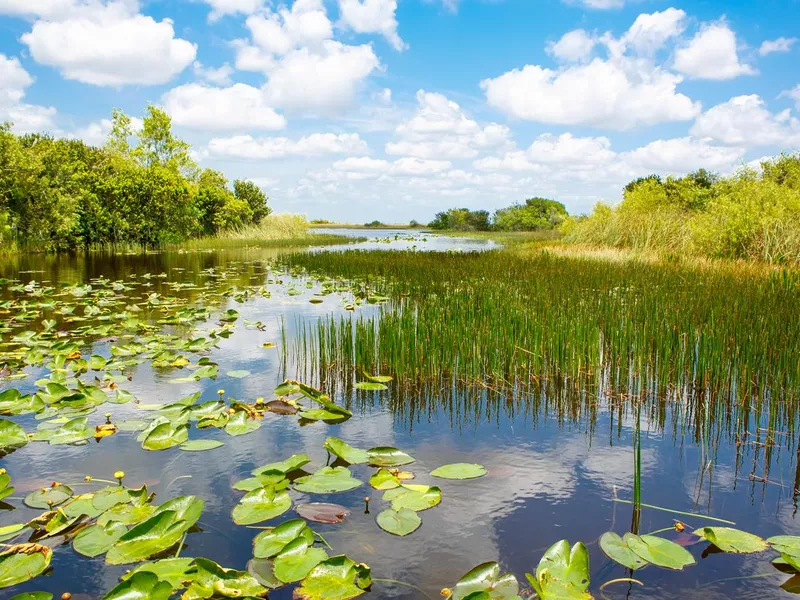
romrodinka / Getty Images
Size: 2,357 square miles
Established: 1947
Annual visitors: 1.118 million*
One of the most misunderstood national parks, the Everglades is infinitely more beautiful than people realize. No, it's not a smelly old swamp, but a slow-moving river of grass.
Its ecosystem is absolutely unique in the world and is made up of an intricate connection of habitats that are home to alligators, crocodiles, pumas, deer and many other species.
*Visitor numbers are from 2019 since they provide a more accurate picture of travel before the COVID-19 pandemic.
9. Kobuk Valley National Park, Alaska
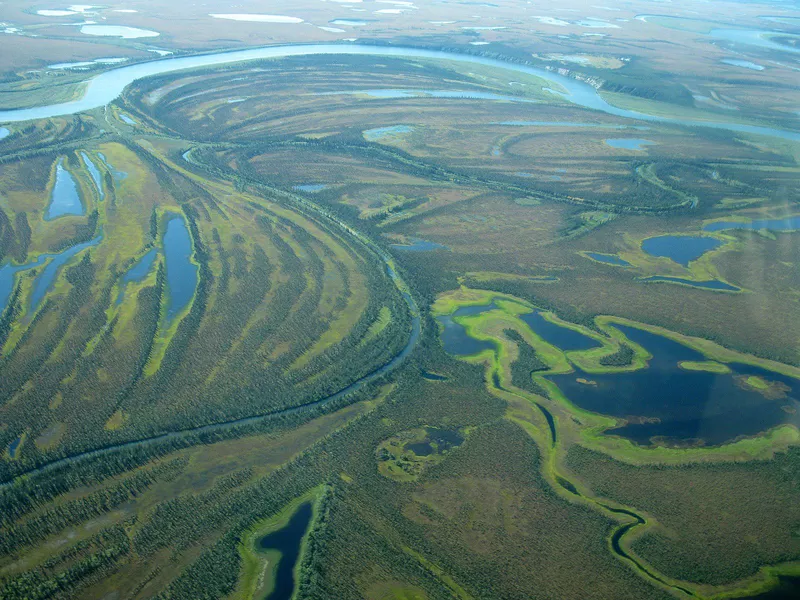
16Terezka / Wikimedia Commons
Size: 2,736 square miles
Established: 1980
Annual visitors: 15,766
Kobuk Valley National Park is extremely remote and difficult to reach. That's why it gets fewer than 16,000 visitors a year.
Those who do make it here get a glimpse of the Arctic, which is filled with glaciers, yes, but also sand dunes, rivers and plenty of wildlife.
This park is only for the most intrepid of travelers. Don't attempt it without some serious outdoor experience.
8. Yellowstone National Park, Wyoming, Montana and Idaho
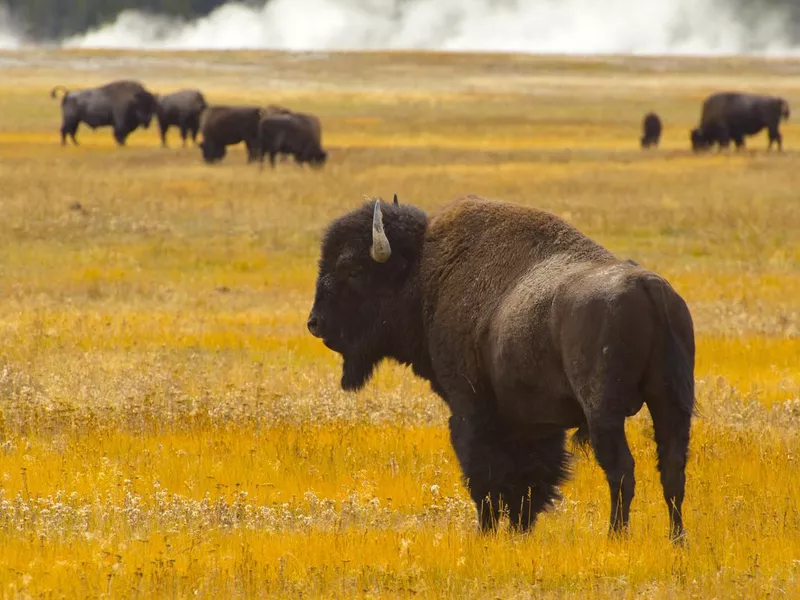
Katie Whitaker / Getty Images
Size: 3,471 square miles
Established: 1872
Annual visitors: 3.405 million
Over 3.4 million people come to Yellowstone every single year. The good news is that this amazing national park is big enough to accommodate them all.
Visit the gigantic springs that swirl in otherworldly colors, see the geysers erupt with force, and watch (from afar) the herds of majestic bison slowly roaming around.
You'll be left speechless and wanting to plan your next trip back.
7. Lake Clark National Park, Alaska
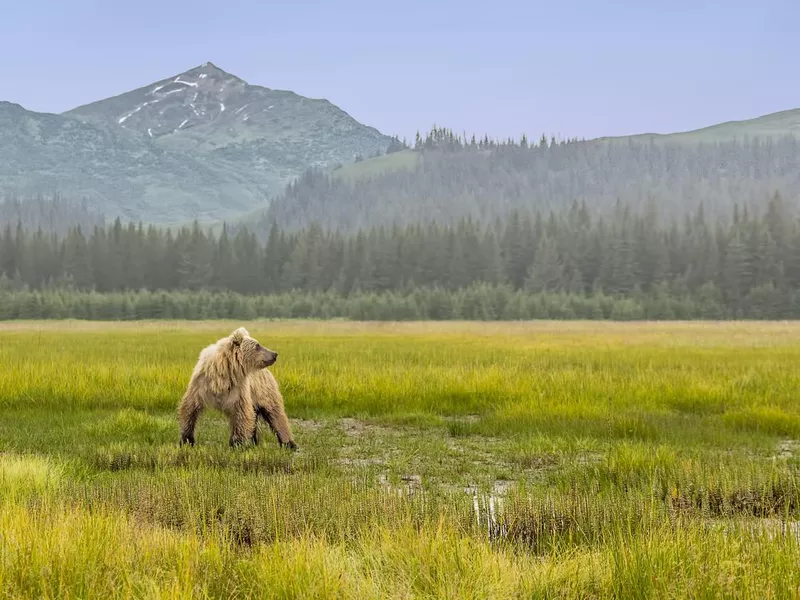
RichardSeeley / Getty Images
Size: 4,094 square miles
Established: 1980
Annual visitors: 17,157
Though close to Anchorage, Lake Clark remains fairly off-limits to those but the most determined of travelers. The only way in and out of the park is on a small taxi plane.
You'll mostly be alone in the Alaskan wilderness, which is both good and bad. Don't worry about feeling lonely, though, they'll be plenty of animals to keep you company.
6. Glacier Bay National Park, Alaska
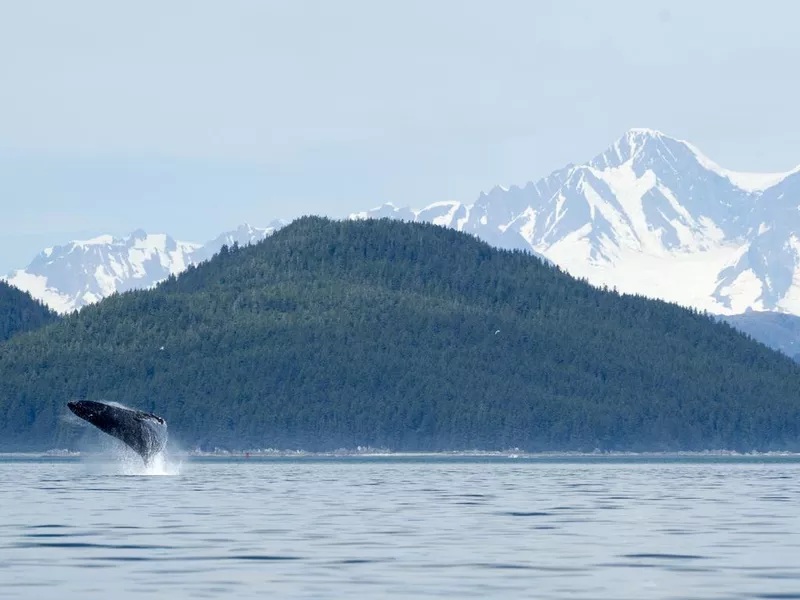
TyMaloney / Getty Images
Size: 5,131 square miles
Established: 1980
Annual visitors: 672,087
If you've been to Glacier Bay National Park, you've probably done it on an Alaskan cruise. Best enjoyed by water, the park is defined by its gigantic glaciers, which provide fresh water as well as beautiful views.
Not everything is in the water, so if you'd rather be on land and away from freezing bays, go hiking in the large park's evergreen forests.
5. Death Valley National Park, California and Nevada
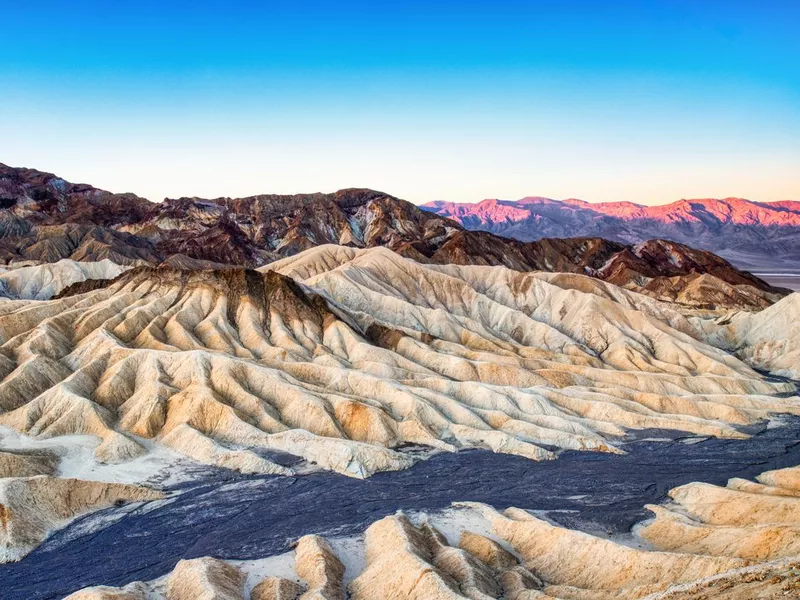
roman_slavik / Getty Images
Size: 5,270 square miles
Established: 1994
Annual visitors: 1.147 million
Death Valley's name is both exaggerated and accurate. You won't die if you come here, but his is the hottest place in the world. So you might feel like you're about to leave planet Earth behind.
The feeling is so very worth it, though, as the extraterrestrial landscape that greets you is filled with dry mountains of different colors. This California national park is also the largest in the contiguous 48 states.
4. Katmai National Park, Alaska
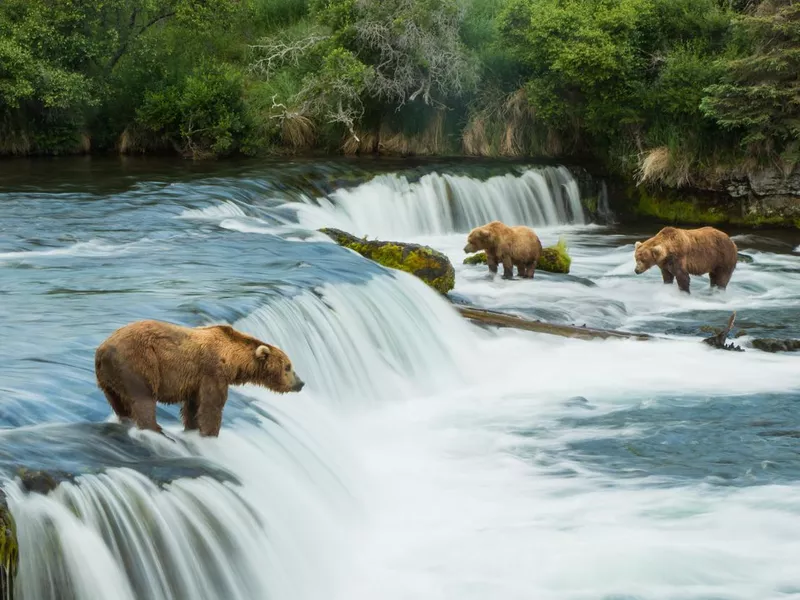
Dennis Stogsdill / Getty Images
Size: 6,395 square miles
Established: 1980
Annual visitors: 84,167
Put Katmai National Park on your must-visit list if you've ever fantasized about watching bears catching salmon as they swim upstream.
To get in, you'll have to arrive by water or air, since there are no roads on land to disturb the peaceful movements of this wildnerness.
After seeing the bears, head to the Valley of 10,000 Smokes for a contrasting volcanic landscape.
3. Denali National Park, Alaska
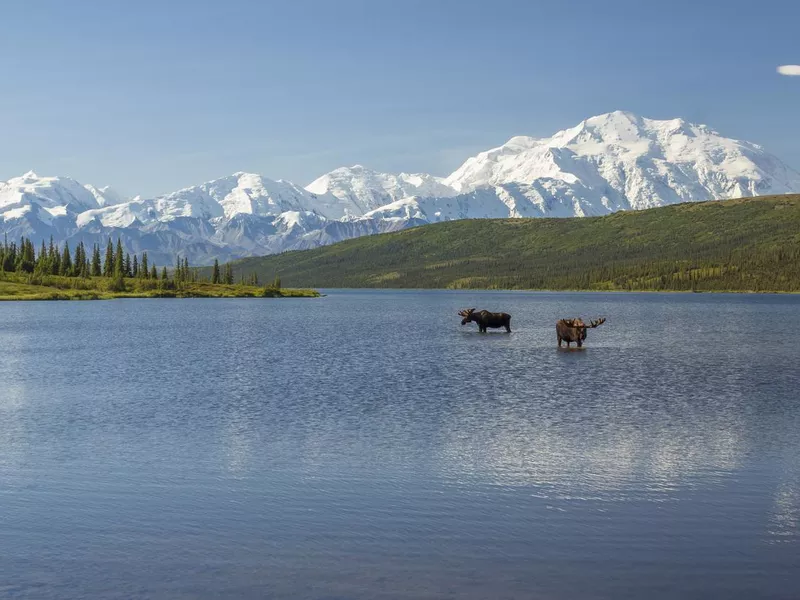
mtnmichelle / Getty Images
Size: 7,408 square miles
Established: 1917
Annual visitors: 601,152
Denali is easily the best national park in Alaska. It also has the tallest peak in North America. Most people come to see the state's crown jewel, which rises over 20,210 feet above sea level.
The gigantic park has plenty of things to do, with forests, mountains, streams and rivers providing every outdoor activity you could want.
2. Gates of the Arctic National Park, Alaska
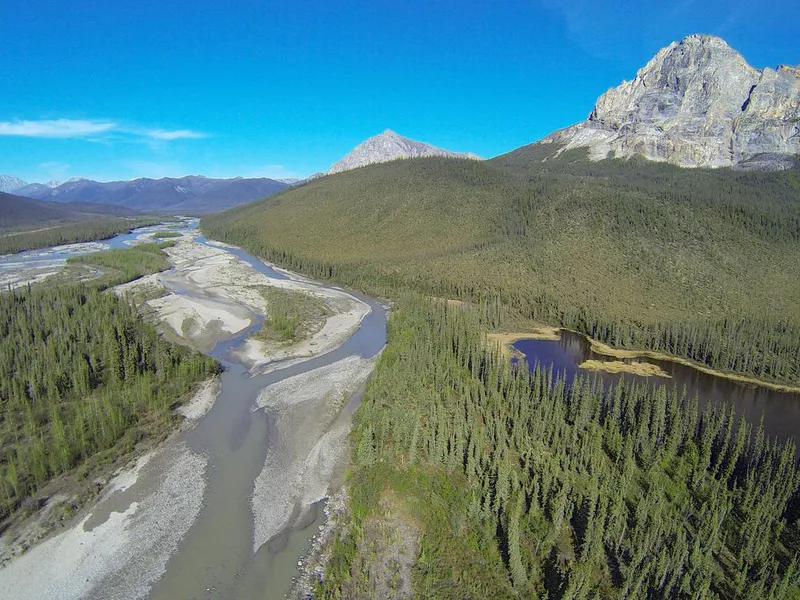
sarkophoto / Getty Images
Size: 13,238 square miles
Established: 1980
Annual visitors: 10,518
To put Gates of the Arctic's size into perspective, compare its 13,238 square miles to Maryland's 12,406. Seeing it all is an impossible dream — not just because of its magnitude, but also because of its absolute remoteness and inaccessibility.
As the least-visited park in the country, Gates of the Artic has absolutely no facilities except those of the tribes that live within it. But don't count on getting to use those.
This is the ultimate challenge if you want to prove your worth as an outdoor pro.
1. Wrangell–St. Elias, Alaska
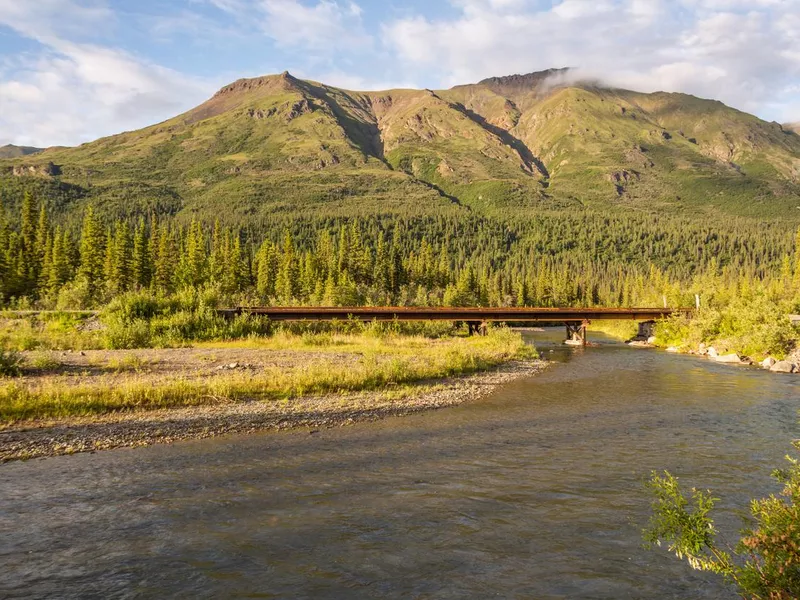
Shelley Wales / Getty Images
Size: 20,587 square miles
Established: 1980
Annual visitors: 74,518
Spanning a staggering 20,587 square miles, Wrangell-St. Elias is the largest national park in the U.S. by far. And many people haven't even heard of it.
This absurdly gigantic park is more than twice the size of Vermont. Landscapes include gigantic glacier fields, rivers, rainforests, arctic tundras and volcanic fields.
